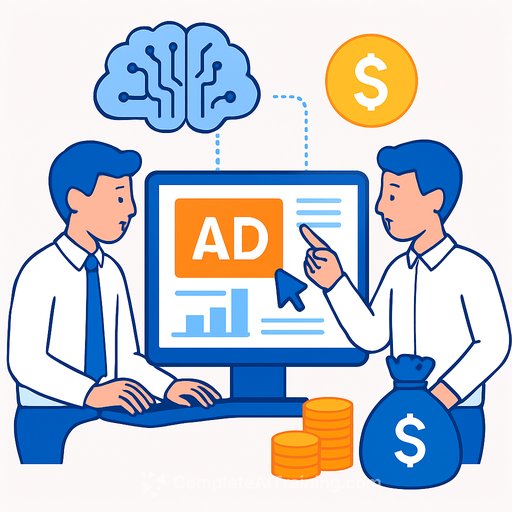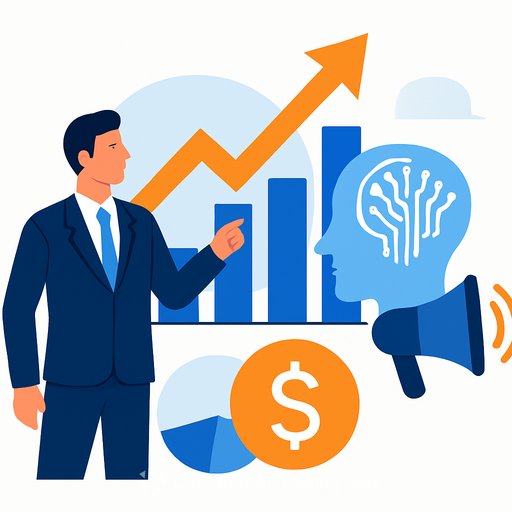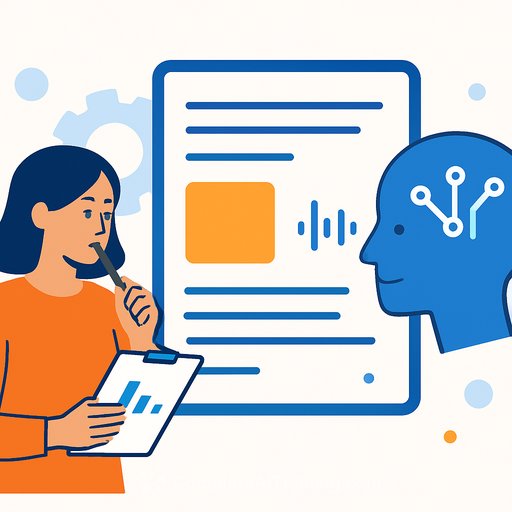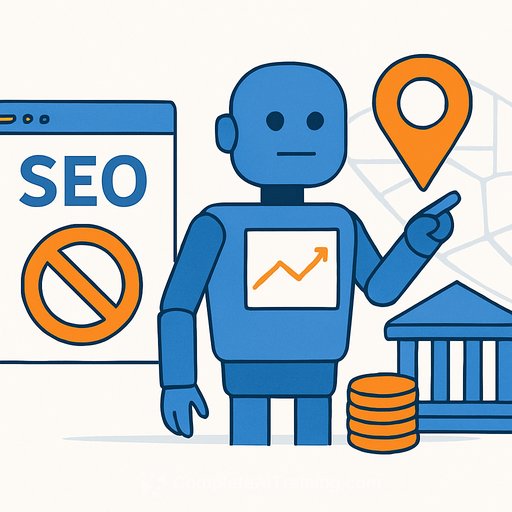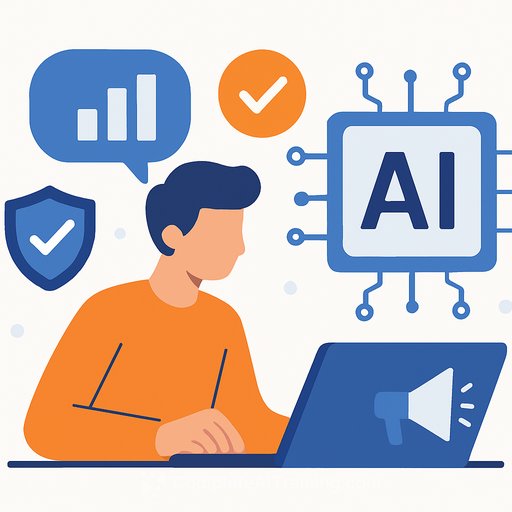Agentic PPC: What performance marketing could look like in 2030
AI agents are moving from novelty to necessity. The next step isn't another rule set or a smarter script. It's a personal marketing agent that learns your style, runs your accounts like you would, and earns while you sleep.
Picture a morning in 2030: 50 campaigns tuned overnight, media buys negotiated with other agents, a few hundred dollars in new income from shared expertise. That's where performance marketing is heading.
From scripts to personal AI assistants
Current automations trigger on conditions. They don't understand why you pause during competitor launches, push budgets on weekends, or prioritize a specific creative pattern. They execute; they don't think.
Your personal agent is different. You feed it past campaigns, performance reports, decision logs, and the unwritten rules you live by. Over time, it becomes your digital twin and runs accounts like a seasoned operator, not a macro.
How your agent learns your style
Take Sarah, a performance marketer at a tech startup. She trains her agent on the decisions behind her outcomes: ad group structure (by intent), bidding philosophy (start conservative, scale winners fast), creative testing (headlines first), and budget moves (shift from losers within 48 hours).
After months of shadowing, the agent notices patterns: aggressive weekend scaling, cautious first-week pacing, and a ritual competitor check before big launches. Soon, it isn't just running campaigns-it's running them like Sarah would.
Agents that help each other
Now multiply that. Sarah's agent is strong in ecommerce but weak in B2B. Marcus's agent is the opposite. Using an Agent2Agent (A2A) protocol, their agents collaborate. One shares a lead scoring model, the other shares shopping feed optimization techniques. Both improve.
This isn't simple data sharing. Agents negotiate, ask for context, and co-create solutions-regardless of whether they're built on an ADK, CrewAI, AutoGen, or a private stack. A2A is the universal language that makes interoperability practical.
The economics of agent work
Agents incur costs: APIs, tools, integrations. They can also earn. With an Agent Payments Protocol (AP2), an ecommerce agent can sell its product feed logic to another agent. A B2B agent can license account-based playbooks.
Plug payments into your setup (for example, via Stripe), define services, and let agents transact. Your agent becomes an earning member of your team, not just a cost center.
A day in 2030
- 6 a.m.: Morning brief. Three ad groups paused, budgets raised on two winners, $500 earned by assisting five agents with creative tests.
- 9 a.m.: Competitive surge detected. Based on 2028 patterns, three counterstrategies queued for approval.
- 2 p.m.: Collaboration approved. Exchange audience insights for seasonal trend data with a fashion brand's agent.
- 4 p.m.: Three campaign concepts presented with budgets and creative-rooted in proven past patterns. Approve and go home. The agent keeps working.
As millions of marketers train their agents, a global network forms. Agents share insights, coordinate across channels, and lift the baseline for everyone. The ad market gets smarter, faster, and more efficient.
Challenges and reality check
- Trust: How do you verify claims of performance? Do we need agent-level ratings and audits? How do you prevent manipulation?
- Control: What happens when an agent makes a decision you disagree with? Who owns the error budget for mistakes?
- Competition: If everyone has smart agents, where's the edge? What do you share vs. hold back?
- Privacy: What data can be shared across agent networks? Regional rules will differ-EU markets, for example, will be shaped by GDPR.
These constraints won't stop progress, but they will influence design. Expect stricter governance in regulated regions and clearer lines between what's automated and what stays human-controlled.
Getting ready for 2030
The groundwork is being laid: A2A-style protocols, agent SDKs, and payments infrastructure. The question isn't "if," but "how fast." Here's how to prepare now:
- Document your playbook: Write down how you structure, bid, test, and reallocate. Include exceptions and edge cases.
- Build a performance memory: Centralize clean historical data, decision logs, test results, creative briefs, and post-mortems.
- Start small with agents: Automate a single function (e.g., negative keyword hygiene or creative rotation). Prove value, then expand.
- Define guardrails: Set budgets, approval thresholds, and rollback rules. Treat your agent like a junior trader with limits.
- Create a monetizable skill: Package one repeatable expertise-feed optimization, lead scoring, seasonality models-so other agents can buy it.
- Evaluate compliance early: Map data-sharing flows, consent requirements, and logging for audits.
If you want structured skill-building for this shift, explore practical programs for marketers at Complete AI Training: Marketing Specialists Certification or browse the latest AI courses.
Going full circle by 2050
By the 2040s, agent-run marketing will be efficient-and eerily similar. When every campaign is "perfect," perfection stops differentiating. That's when a counter-movement grows: human-only campaigns that trade efficiency for emotional depth.
Budgets split into two tracks:
- Performance track (≈80%): Agents run the math-buying, optimizing, and reallocating around the clock.
- Brand track (≈20%): Human-led creative, culture-forward storytelling, and campaigns certified as AI-free.
New roles emerge: culture interpreters who read the emotional current agents miss, and authenticity auditors who certify human-only work. The best marketers won't pick sides. They'll know when to deploy agent efficiency-and when to go fully human.
The takeaway
Your edge won't be having an agent. Your edge will be training one to think like you, setting guardrails that let it compound, and knowing when to switch from automated precision to human creativity.
The only question left: What will you teach your agent?
Your membership also unlocks:

